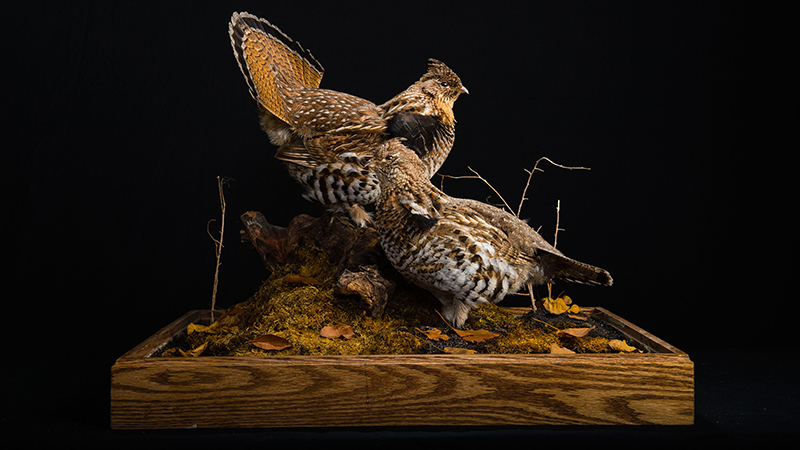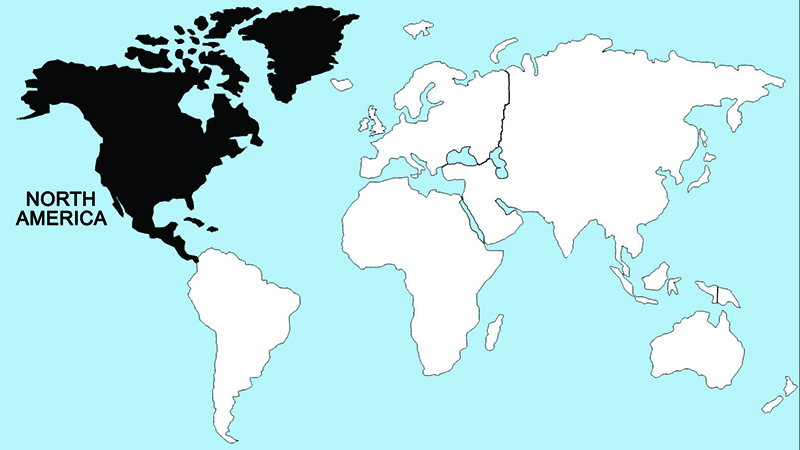Ruffed Grouse

The ruffed grouse is a North American forest-dwelling species that ranges from the Atlantic coast west to California and northern Alaska. With the onset of spring, male ruffed grouse seek out suitable territories, which are usually marked by the occurrence of well-grown aspens and one or more drumming stages, most frequently a log. Although a territorial male may use more than one drumming log, he typically favors one, and on this he performs his characteristic wing-beating display each morning and evening.
A female will seek a nest site that is usually close to a clump of aspens, the catkins of which she relies upon for food during incubation. Tree bases are a favorite location for nests, and logs, bushes, or brush piles are also frequently used. The clutch normally numbers about 10–12 eggs, laid at the rate of two eggs every three days. The incubation period is 24–25 days; and in contrast to most grouse, this species frequently attempts re-nesting if the first clutch should fail. The chicks are able to fly at the age of 10–12 days. When the young are about 12 weeks of age the families begin to break up and a general fall dispersal of the juvenile birds begins.
Regions Birds Are Found

Collection Location & Year
Canada - Saskatchewan 2009
Taxonomy
| Order | Galliformes |
|---|---|
| Family | Phasianidae |
| Sub Family | Tetraoninae |
| Species | Bonasa |
| Genus | umbellus |
Gender
Male
References
- Cramp, S., and K. E. L. Simmons, eds. 1980. The Birds of the Western Palearctic. Vol. 2. (Hawks to Bustards) London, UK: Oxford Univ. Press.
- Johnsgard, P. A. 1973. Grouse and Quails of North America. Lincoln, NE: Univ. of Nebraska Press.
- Johnsgard, P. A. 1983. The Grouse of the World. Lincoln, NE: Univ. of Nebraska Press.
- del Hoyo, J. A. Elliot, and J. Sargatal, eds. 1994. Handbook of Birds of the World. Vol. 2 (New World Vultures to Guineafowl). Barcelona, Spain: Lynx Editions.